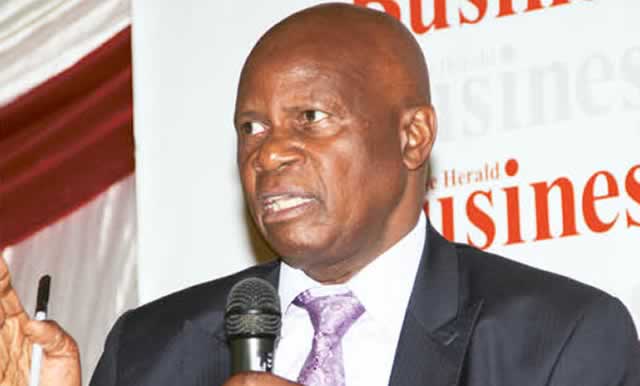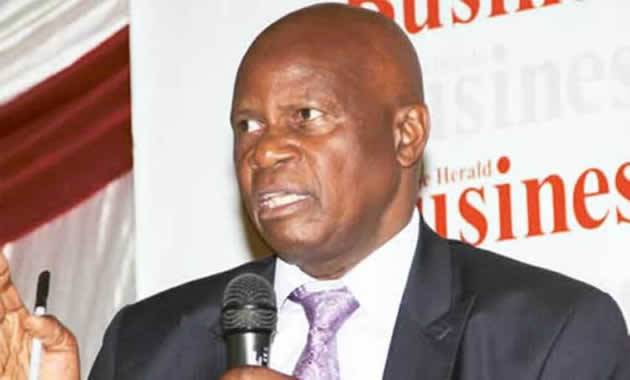Manufacturers, miners’ synergy talks

Prosper Ndlovu Bulawayo Bureau
MANUFACTURING companies are engaged in talks with their mining sector counterparts to facilitate strong business linkages aimed at increasing local procurement and trimming imports. Despite being one of the key economic drivers, the mining sector only procures 11 percent of its raw materials locally with 89 percent remainder being sourced externally.
Reliance on raw material and processed imports has seen the country’s import bill rise sharply, with 2017 estimated to close at $6,8 billion, from $6,4 billion imports in 2016, according to Treasury. This is despite a sharp drop in food imports this year owing to a good harvest.
Economic experts say ballooning imports are driven by increased demand for raw materials and equipment for the productive sectors, consistent with the pick-up in economic activity in 2017, a trend that is set to be maintained going to 2018.
“The mining sector is currently the driver of the economy but only procures 11 percent locally and yet 89 percent is imported. The Confederation of Zimbabwe Industries (CZI) is co-ordinating industrial associations to facilitate business linkages with the mining industry to increase local procurement in the mining industry,” said Mr Joseph Gunda, president CZI Matabeleland Chapter.
“This initiative is being undertaken under the joint supplier programme (JSP) between industry and the Chamber of Mines. The programme is aimed at promoting and increasing local procurement of locally produced goods and services by the mining industry.”
To date, Mr Gunda said, progress has been made with the engineering iron and steel association of Zimbabwe where arrangements have been put in place to deliberately assist and increase procurement of engineering products required by the mining sector. Two other sub-committees have been set up to look at increasing procurement of protective clothing and chemical products. These are expected to start work soon, said Mr Gunda.
Official statistics show the manufacturing industry inched by 1 percent this year with projections of 2,1 percent in 2018, benefiting from improved agro-processing value chains in foodstuffs, drinks, and ginning, also amid supportive import management measures. Yet it is the mining supply gap that worries manufacturers, who see a golden opportunity should strong linkages be established.
In his 2018 National Budget Statement, Finance and Economic Development Minister Patrick Chinamasa noted robust growth in the mining, which is expected to close 2017 at 8,5 percent. Most minerals are anticipated to record output gains in the medium term, which could likely widen the demand for industrial supplies.
Minister Chinamasa said the growth in mining was being supported by modest recovery in international mineral prices mainly for nickel, platinum, chrome and granite. He projected that mineral export receipts of $2,5 billion would be realised in 2018, up from $2,3 billion to be realised this year.
The consolidation of the diamond industry, together with the capitalisation of the Zimbabwe Consolidated Diamond Company, has already started yielding improvement in output. According to Treasury, diamond output stood at 1,8 million carats by end of September, up from 1,3 million recorded during the whole of 2016.
As at end of October 2017, overall mineral export receipts were around $2 billion, against $1,6 billion during the same period in 2016, representing 25,2 percent of the country’s total exports, said Minister Chinamasa.
Experts say dependency on raw material imports, relative to estimated exports of $4.6 billion for the year, imply continued foreign exchange imbalances, though trade statistics indicate narrowing of the trade balance. Treasury admits the country’s current account deficit, estimated at $1 billion, remains unsustainable.
Government, in partnership with industry, have already championed a local content initiative as a friendly way of promoting local industry as opposed to naked protectionism. To date the concept has generated a lot of interest and has been widely accepted by diverse stakeholders who have added their voices and expertise.
Consultations are still ongoing with Government through the Ministry of Industry and Commerce set to come up with local content policy for the benefit of local business and the economy.








Comments